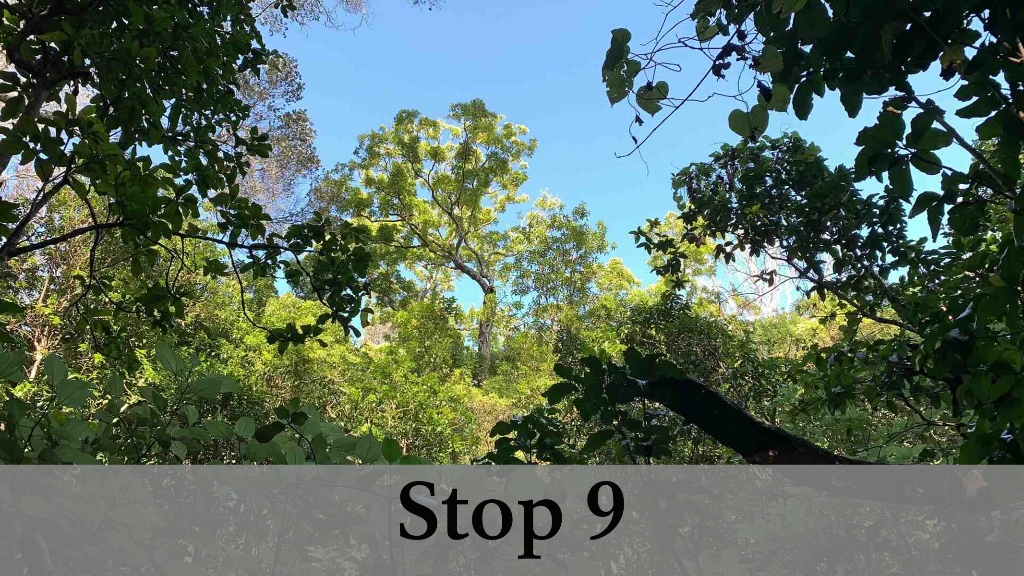
The trail through this “veritable botanical oasis” was built by the hard-working CCC “boys.”
Access to Kīpukapuaulu prior to the establishment of Hawaiʻi National Park on August 16, 1916, was limited, as it was a part of a much larger privately owned cattle ranching and commercial koa harvesting enterprise. It wasn’t until 1934 that the Kīpukapuaulu trail was constructed by the hard-working “boys” of the Civilian Conservation Corps (CCC)—a program established by President Franklin Delano Roosevelt in 1933. This emergency work program was implemented to provide economic relief for American families from the Great Depression by employing young men during a time when jobs were scarce. Working alongside skilled laborers, these “boys” became known as Roosevelt’s “Tree Army”—then, the most effective large-scale environmental program in the nation. Several camps were opened through Hawaiʻi. The largest camp on the island of Hawaiʻi was built in Hawaiʻi Volcanoes National Park (1934–1942). It housed some 200 young men that, while working and living in the park, accomplished many great tasks—establishing much of the Park’s early infrastructure. One such project included the construction of the Kīpukapuaulu trail. They later followed that with several additional projects aimed at invasive grasses removal, tree seedling plantings, and tree identification—all a testament to the significance of Kīpukapuaulu as a “veritable botanical oasis.”Is there something we missed for this itinerary?
Itineraries across USA

Acadia

Arches National Park

Badlands

Big Bend

Biscayne

Black Canyon Of The Gunnison

Bryce Canyon

Canyonlands

Capitol Reef

Carlsbad Caverns

Channel Islands

Congaree

Crater Lake

Cuyahoga Valley

Death Valley

Dry Tortugas

Everglades

Gateway Arch

Glacier

Grand Canyon

Grand Teton

Great Basin

Great Smoky Mountains

Guadalupe Mountains

Haleakalā

Hawaiʻi Volcanoes

Hot Springs

Indiana Dunes

Isle Royale

Joshua Tree

Kenai Fjords

Kobuk Valley

Lassen Volcanic

Mammoth Cave

Mesa Verde

Mount Rainier

North Cascades

Olympic

Petrified Forest

Pinnacles

Rocky Mountain

Saguaro

Shenandoah

Theodore Roosevelt

Virgin Islands

Voyageurs

White Sands

Wind Cave

Yellowstone

Yosemite

Zion